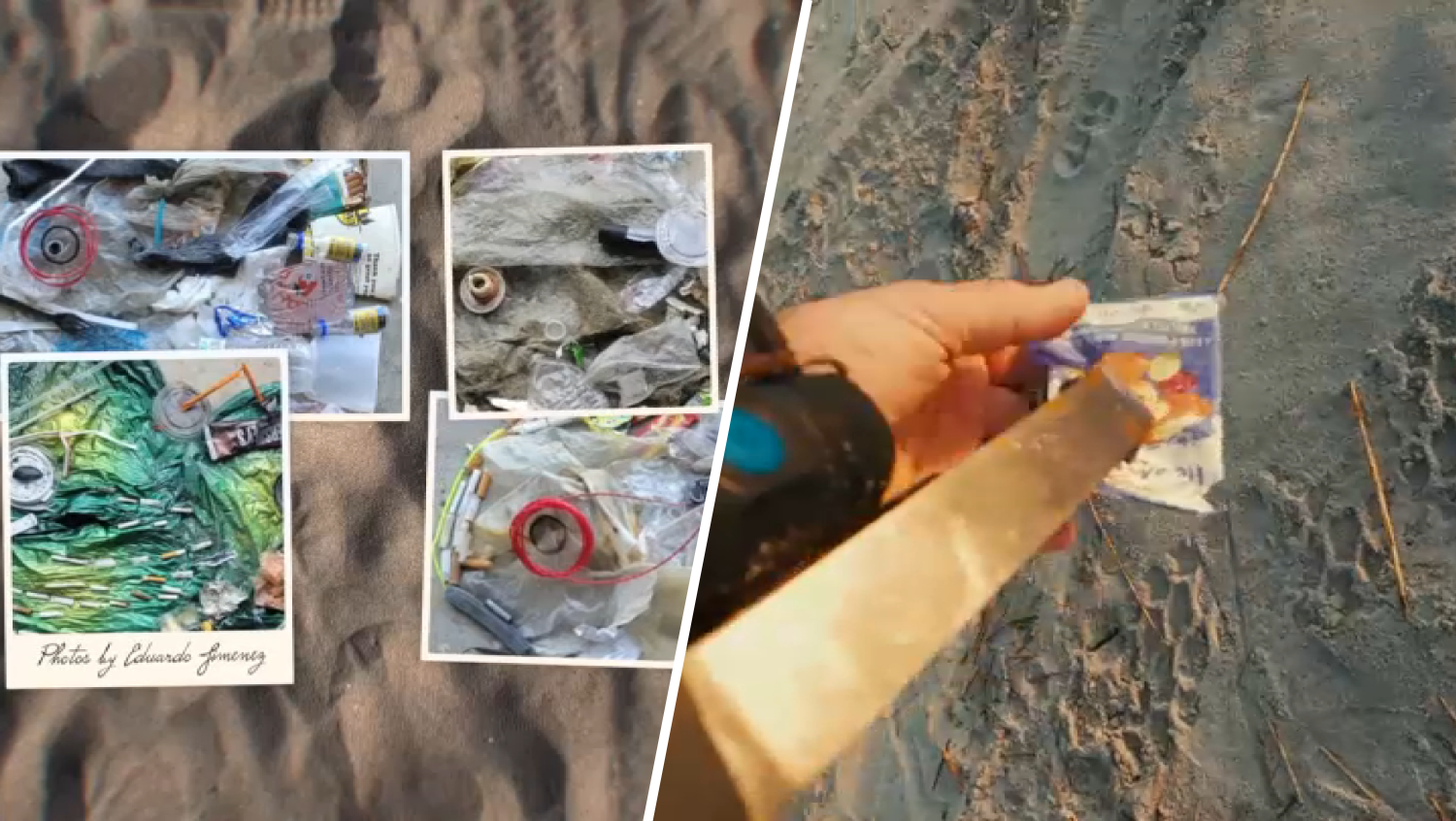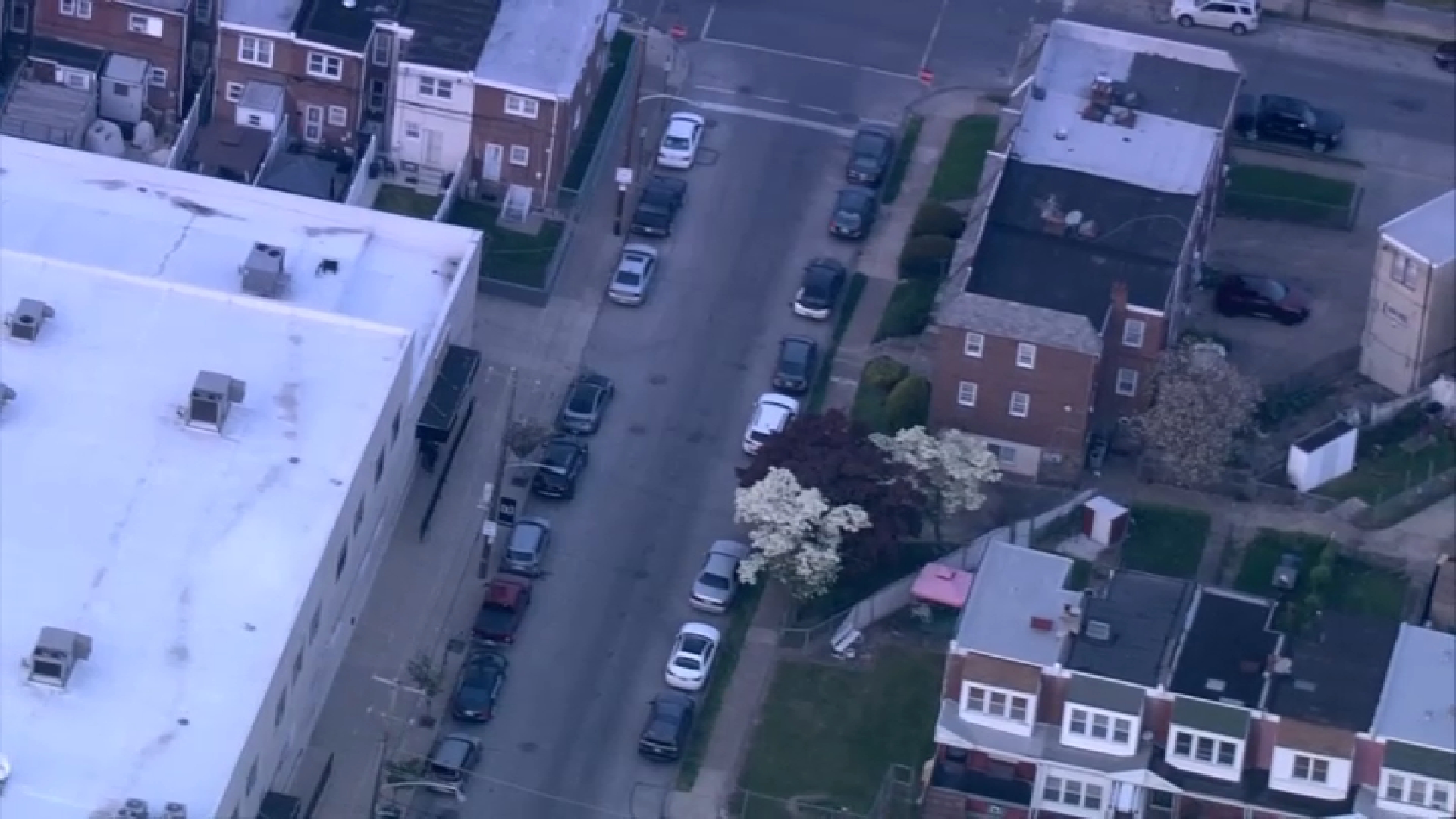Standing in the sunbaked parking lot at New Jersey Transit's main maintenance facility, it's difficult to envision the surreal tableau that unfolded as waves of water from Superstorm Sandy overran the area for hours in October. Unless you were there, of course.
"There was 3 feet of water in here; you had employees' cars floating into each other,'' Tom Rutkowski, general superintendent of equipment, recalled this week. "There was debris and dead fish all over the place, and the train tracks looked more like a river.''
Worse, the inundation knocked out the Meadows Maintenance Complex's four electrical substations that power the operations and the largest of which, the Mason substation, provides electrical power for trains going in and out of the Hoboken Rail Terminal.
Eleven months later, the first measures to protect the substations from future flooding are nearing completion. Within a few weeks, all four will be surrounded, fortress-like, by a row of 4- and 6-foot-high barriers designed to stop floodwaters of the kind produced by Sandy.
The barriers, which will cost about $500,000, are intended as interim protection while NJ Transit plans for the much more expensive replacement and raising of the substations, estimated to cost as little as $5 million for smaller substations as much as $25 million for larger ones like Mason.
"This is the first step, and it's designed to take us certainly through this hurricane season and the next,'' NJ Transit chairman James Weinstein said.
The barriers are, in simple terms, high-tech sandbags. But not the type that come to mind from newsreel footage of people passing them one by one to the edge of a river; these 6-foot versions hold more than 11,000 pounds of sand each and have a wide base that tapers to a top that is about 4 feet square. The sand for the four NJ Transit installations _ more than 8 million pounds in all _ is manufactured by a local company, NJ Transit spokesman John Durso Jr. said.
Local
Breaking news and the stories that matter to your neighborhood.
The barriers, called trap bags, are made from tear-resistant polypropylene by Fort Myers, Fla.-based Sentinel Barriers and have been used in flood-prone areas such as Fargo, N.D., and Louisiana's Lake Pontchartrain, and have been installed recently in the Rockaways and parts of Long Island and Staten Island, according to Bruce Boyd, CEO of the company's trap bag division.
The barriers' performance in some of those other locations indicates they would be able to withstand another Sandy-type event, said Weinstein and Ty Dickerson, NJ Transit chief of construction and project management.
NJ Transit has been criticized for not moving its cars and locomotives out of the MMC yard and another yard in Hoboken before the storm, resulting in damage to more than 300 of them at an estimated cost of $120 million. While published reports have indicated NJ Transit had a plan in place to move the rolling stock to higher ground but decided not to do so, Weinstein said there were no plans to fortify the electrical substations.
"It's pretty clear from what happened that we felt pretty confident about this place,'' he said. "The kind of flooding we saw here is unprecedented in the history of New Jersey Transit; it has never happened. There were no plans for this kind of provision, certainly not when these facilities were built.''
NJ Transit has applied for more than $1 billion in grants from the federal government for flood prevention and mitigation projects, which include raising the substations. A big chunk would be spent on safeguarding NJ Transit's rolling stock and rail yards by building, buying or leasing temporary and permanent rail yard locations for use as emergency storage and inspection facilities and protecting existing yards against flooding.



